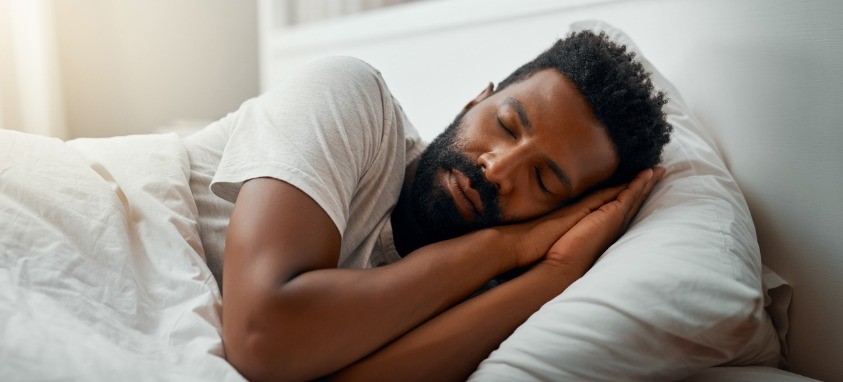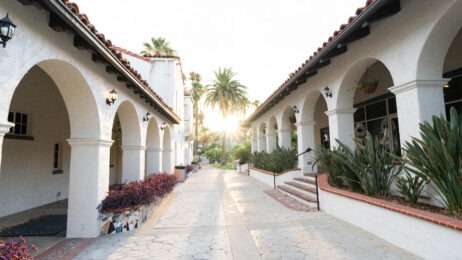Fewer than 30 percent of hotel guests experience a “better than expected” night’s sleep, even though it is one of the most important parts of their experience, according to a new study.
This is among the findings in J.D. Power’s newly released 2019 North America Hotel Guest Satisfaction Index (NAGSI) Study. The study, which has been released annually for the past 23 years, was redesigned to include deeper guest profiling information, as well as extended coverage of the entire hotel customer journey. Now included in the study are: the path to purchase, pre-stay and post-stay communications, property-level information, updated food and beverage metrics, and vacation rental utilization metrics.
More: 8 Hotels Primed for a Good Night’s Rest
Sleep has the potential to drive overall satisfaction and brand loyalty, more than minibars and sleek lobbies. Yet, many hotels don’t realize this and are not delivering on guests’ preference for better-than-expected sleeping conditions.
“Delivering a superior sleep experience—from the quality of the bed, linens and pillows to the ambient sound and temperature of the room—is a huge opportunity for hotels to differentiate themselves from the pack and earn significant goodwill with guests,” said Jennifer Corwin, senior manager of consumer insights for travel and hospitality intelligence at J.D. Power.
More: 80 Percent of Biz Travelers Struggle to Sleep
Key Findings
- Benefits of providing quality sleep: When hotel guests experience a better than expected quality of sleep, the overall satisfaction score increases 114 points (on a 1,000-point scale); but only 29 percent of hotel guests had this experience. Seventy-eight percent of guests who receive a better than expected quality of sleep say they “definitely will” return to that property and 71 percent say they “definitely will” return to that brand.
- The anatomy of a good night’s sleep: The top contributors to quality of sleep are comfort of bed, quietness of room, comfort and quality of pillow, room temperature, and comfort and quality of linens. These items also resulted in higher satisfaction scores, which are even higher if the hotel offers extra items such as white noise/sound machines, earplugs, a robe, slippers and authentic local decor.
- Quality of sleep correlates directly to the price of the room: The luxury hotel segment has the highest rate of better than expected sleep quality, coming in at 42 percent, followed by upper upscale at 33 percent, upscale (31 percent), upper midscale (28 percent), midscale (28 percent) and economy (23 percent).
- Arrival and check-in experiences present an opportunity to shine: Efficiency, accuracy and offering a warm welcome were all key components, consistent with high hotel guest satisfaction scores. If or when any of those elements is not met, satisfaction scores drop as much as 100 points.
Study Ranking
The following hotel brands rank the highest in guest satisfaction in each of their segments.
- Luxury: The Ritz-Carlton (fifth consecutive year)
- Upper Upscale: Hard Rock Hotel
- Upscale: Best Western Premier
- Upper Midscale: Drury Hotels (14th consecutive year)
- Midscale: Wingate by Wyndham (fifth consecutive year)
- Economy: Microtel by Wyndham (second consecutive year)




